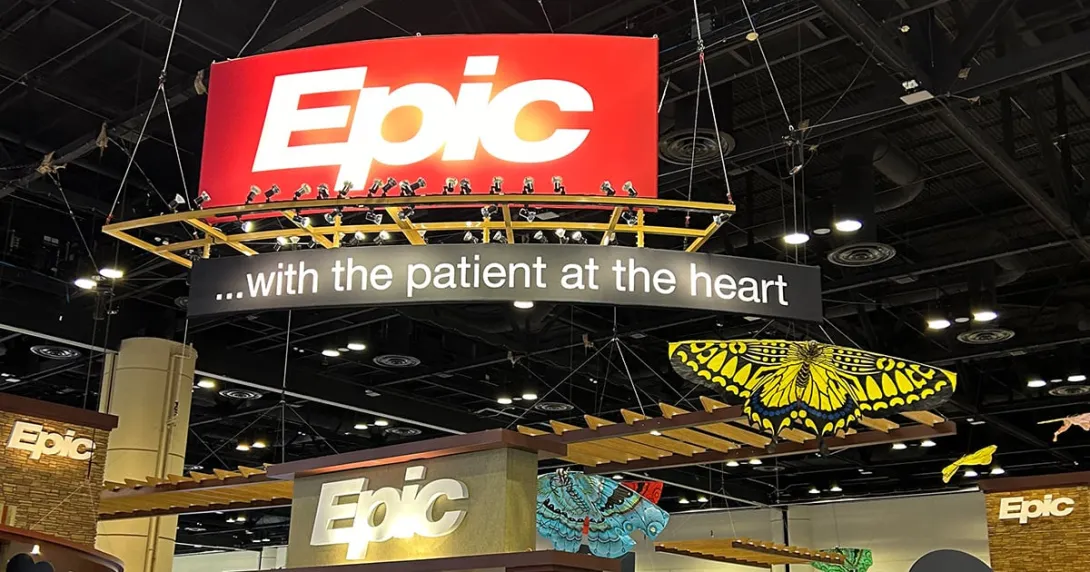As healthcare organizations work to make the transition from paper to digital, one area that should not be overlooked is the provider credential verification process, says one expert.
Matt Haddad, president and CEO of Medversant, a Web-based credentials verification provider in Los Angeles, said healthcare organizations that are using antiquated methods of credentialing can pose risks to their patients by permitting an unlicensed or unsanctioned provider to work there.
[See also: Medversant proposes automated credentialing.]
Currently in the U.S. credentialing is only required once every two or three years, which Haddad said can allow for improperly credentialed professionals to go undetected for long periods of time.
In a 2009 study of 29,845 healthcare practitioners with professed current medical licensure, Medversant found 18.7 percent or 5,577 of practitioners reviewed had one or more adverse findings. The most common adverse finding across all practitioners was evidence of a National Practitioner Data Bank (NPDB) report at 8.9 percent. (The NPDB is an alert or flagging system intended to facilitate a comprehensive review of the professional credentials of healthcare practitioners, providers and suppliers.)
[See also:CMS turns to analytics to fight fraud.]
"The choice is clear: spend a few dollars a year per practitioner to protect your patients, or face harsh legal consequences and other problems," said Dwayne Gathers of Los Angeles-based Gathers Strategies, an industry consultant. "Failure to screen practitioners in real time will soon take a bite out of revenues," he predicted.
Billions of dollars are being spent each year by healthcare organizations across the country on duplicative processes, said Haddad. "A lot of information has to be transferred back and forth, and it's changing all the time," he said. A centralized online record can bring everything to the table - and keep it there, he said. With no need to transfer information outside healthcare organizations can cut down on errors and labor costs, Haddad said.
In an article by Haddad that appeared in the Feb. 2010 issue of Managed Care Outlook he gives healthcare organizations eight things to look for when choosing a Web-based credential verification solution.
See the next page to read Haddad's tips.
Eight things to look for in a credential verification solution :
- That the solution continuously automates verification of all electronic credentials information
- That it optimizes automated processes to handle offline verification sources
- That it houses information in a single, electronic relational data warehouse that enables 24/7 login from any location to check the progress of a credentialing request
- That it provides a complete digital-verified file and a summary-verified profile
- That it makes available an online provider application with electronic signature
- That it generates online reports, statuses, and other information
- That it integrates provider data to other systems
- That it is accredited by The National Committee for Quality Assurance (NCQA) and the Utilization Review Accreditation Commission (URAC)


